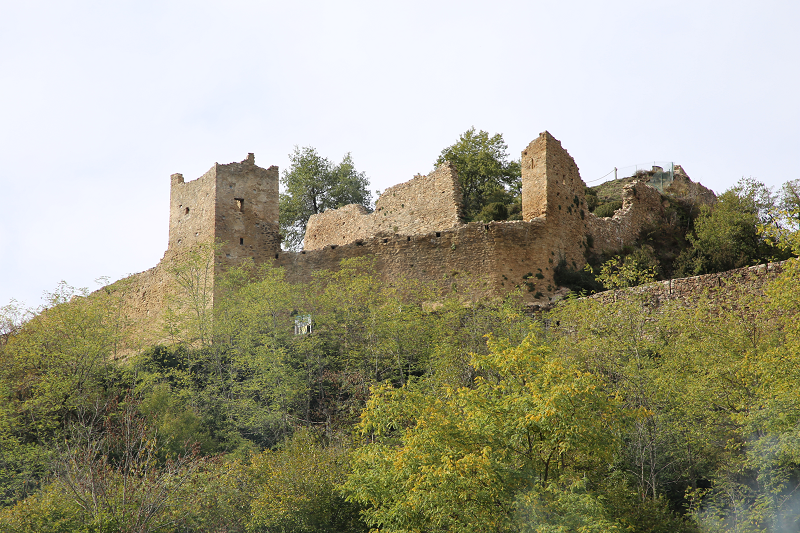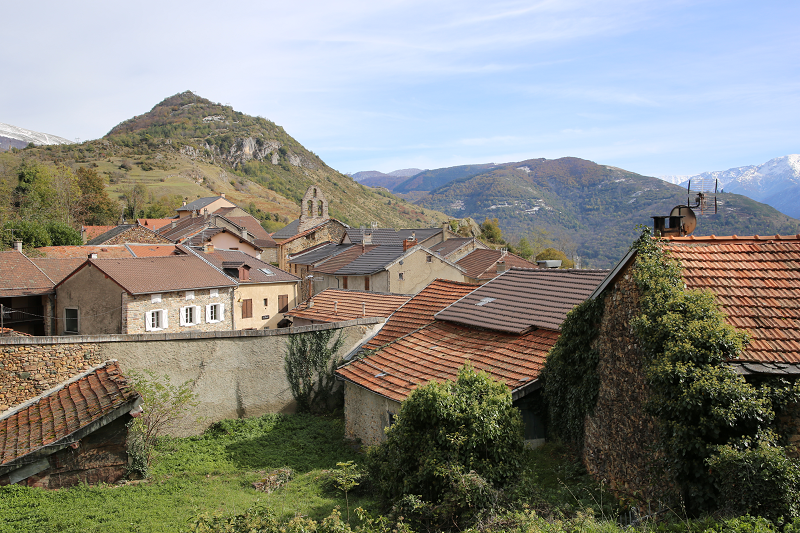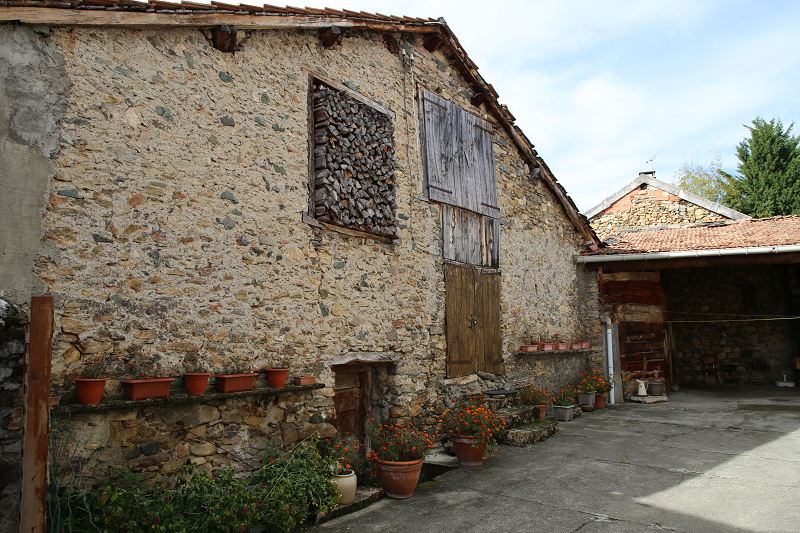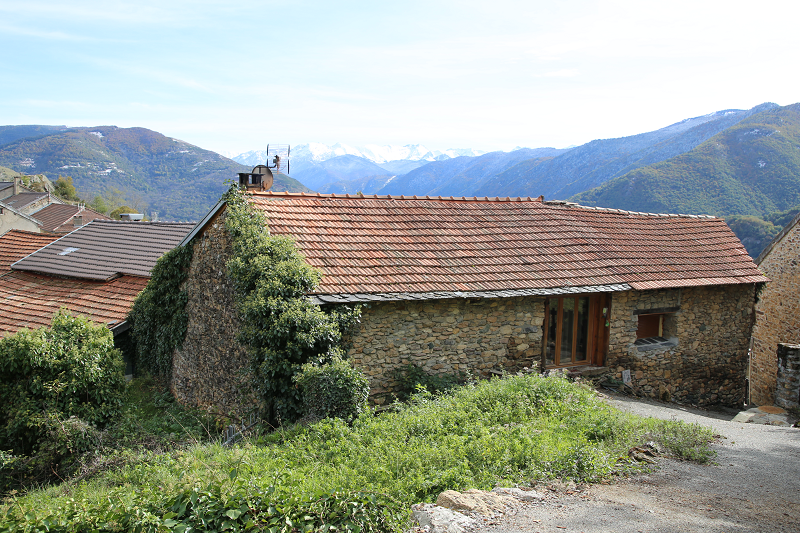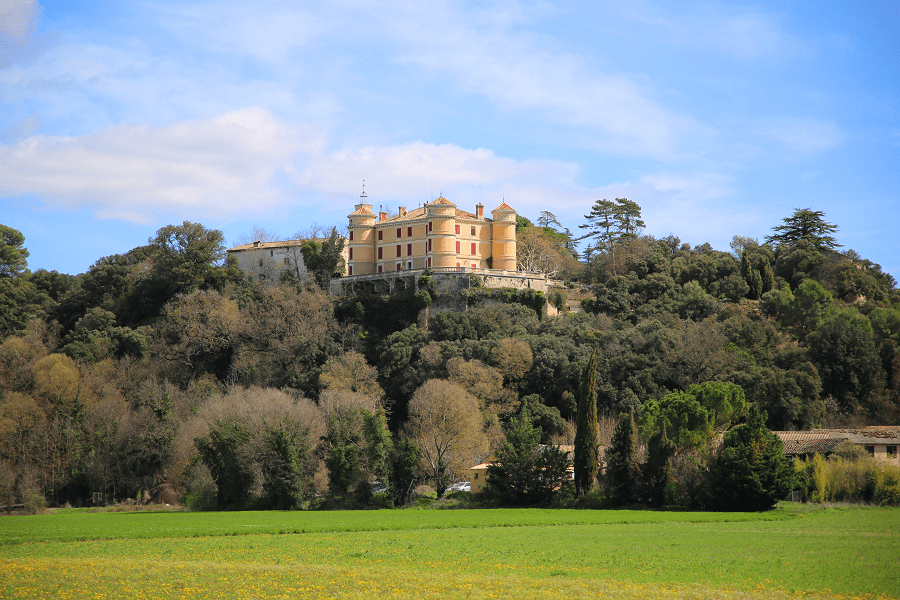Lordat is a commune located in the southeast of the department of Ariège, in the Occitania region (France, Pyrenees). On the historical and cultural level, the commune is part of the Pays du Sabarthès, structured by the high valley of the Ariège upstream of the Pays de Foix with Tarascon-sur-Ariège as the main town.
Exposed to an altered oceanic climate, it is drained by the ruisseau d’axiat and several other small watercourses. The commune possesses a remarkable natural heritage composed of five natural areas of ecological, faunal and floristic interest.
Lordat is a rural commune with 66 inhabitants in 2021, having experienced a population peak of 301 inhabitants in 1846. Its inhabitants are called the Lordatois or Lordatoises.
The locality owes a good part of its notoriety to the vestiges of its château, classified au titre des monuments historique in 1923, whose position on a rocky outcrop offers a large panorama of the historic terroir of Sabarthès, in the haute vallée de l’Ariège.
The number of inhabitants of the village in 2017 was 45 people. There are 17 residential houses, 28 residences and the complete absence of abandoned or empty houses in the village.
The castle is one of the most interesting places in Ariège due to its strategic location and width of the walls. The northern wall is a continuation of the cliff, at a height of 50 m. The walls of the main four-story tower are the thickest compared to the other walls of the castle.
The construction of the castle probably dates from the 9th-10th centuries. The first mention of the castle was made in 1034 – when Bernard, Count of Carcassonne, presented it to his son Roger, the first Count of Foix. Initially, the county of Foix was a senoria (a collection of land plots with land ownership, collection of duties, and tax payments) in the county of Carcassonne.
Roger died childless around 1064, after which the castle passed to the third of his brother’s sons, Bernard I Roger, Pierre Bernard.
It is known that in 1244 the castle was captured by the Cathars during the Crusade. At the end of the XIII century, the castle passed into the hands of the King of Aragon, who demanded its destruction. The castle fell into ruins, but the entrance, protected by a tower, retained its original appearance.
On September 8, 1923, the castle was included in the list of historical monuments of France.
After a long renovation, on June 4, 2016, the castle was opened to the public.
How to get to?
From Paris: 8 hr 5 min (802 km) via A20
From Toulouse: 1 hr 35 min (124 km) via A66 and N20
From Andorra: 1 hr 20 min (69.0 km) via CG-2 and N20
From Barcelona: 2 hr 54 min (212 km) via C-16
From Madrid: 8 hr 2 min (725 km) via A-2
From Monaco: 6 hr 26 min (614 km) via A8
From Moscow: 40 hr (3,539 km) via E30/M1
From Belgrade: 19 hr 53 min (1,917 km) via E70
From Istanbul: 31 hr (2,866 km) via E70
From Bern: 9 hr 3 min (872 km) via A9
See here Pyrenees travel guide
See here France travel guide
See here Spain travel guide



